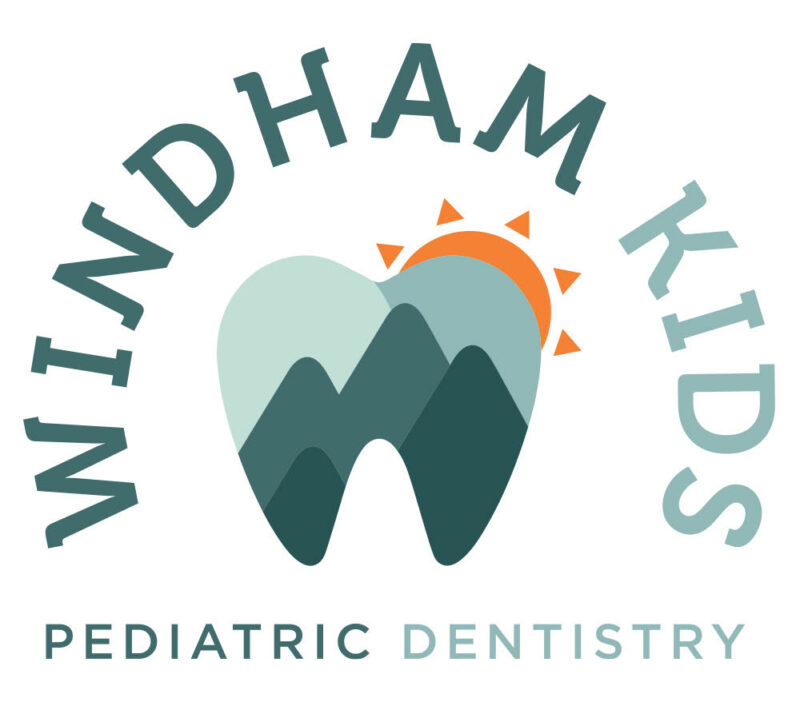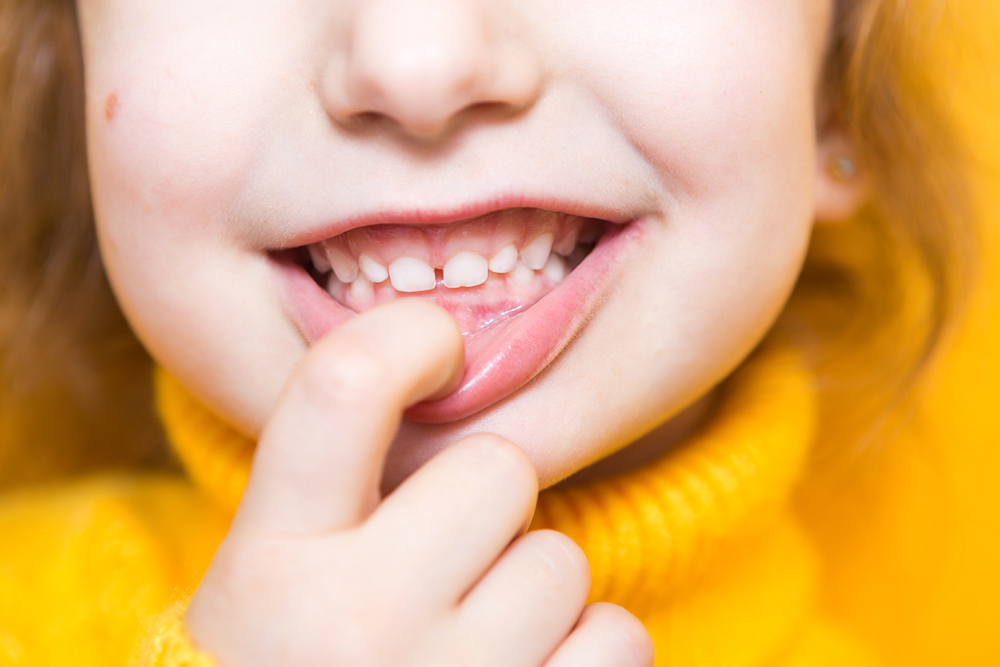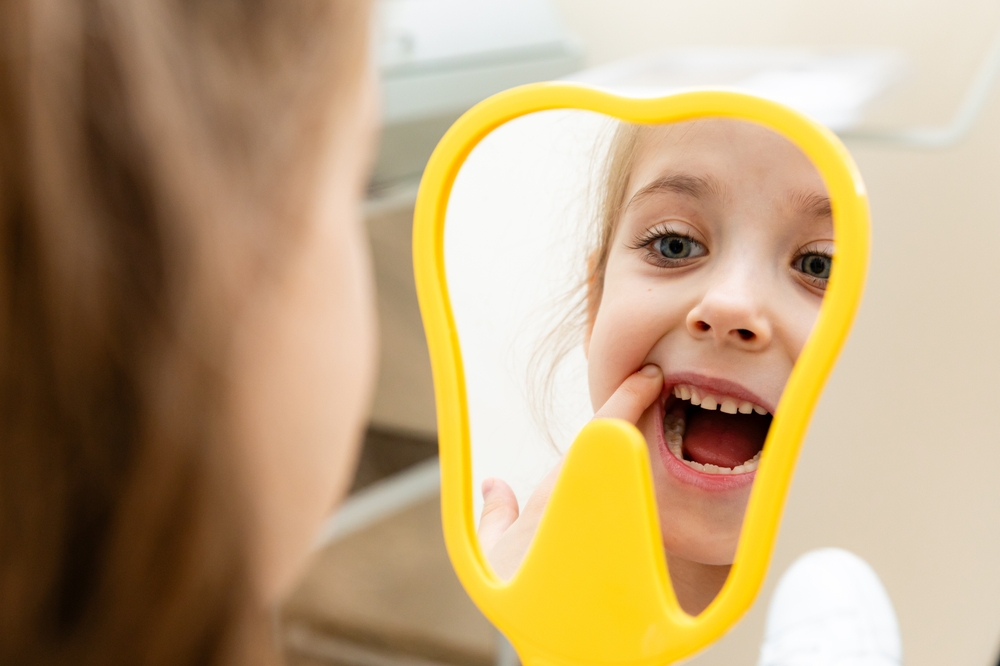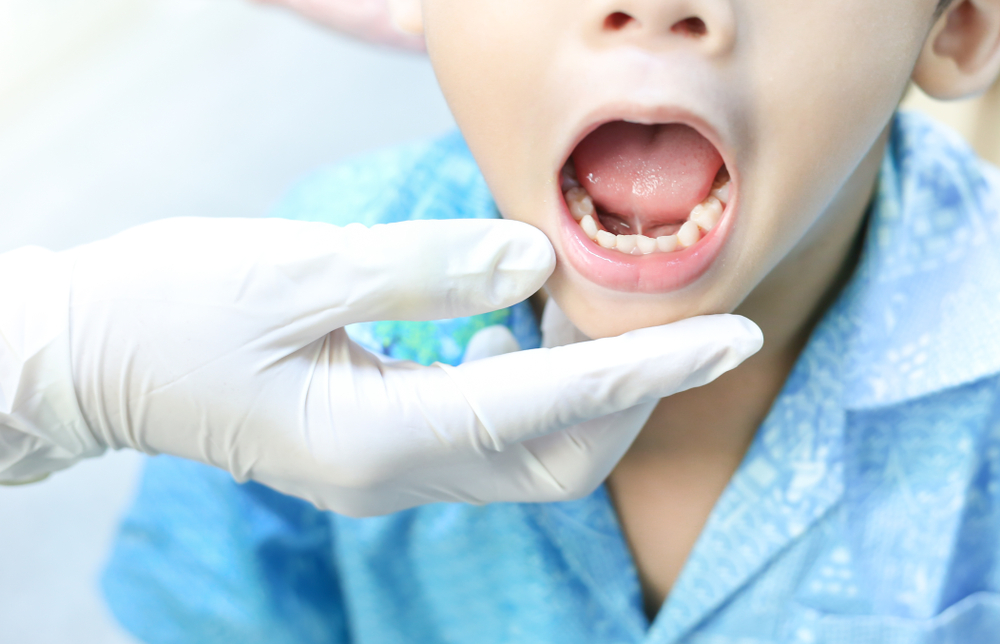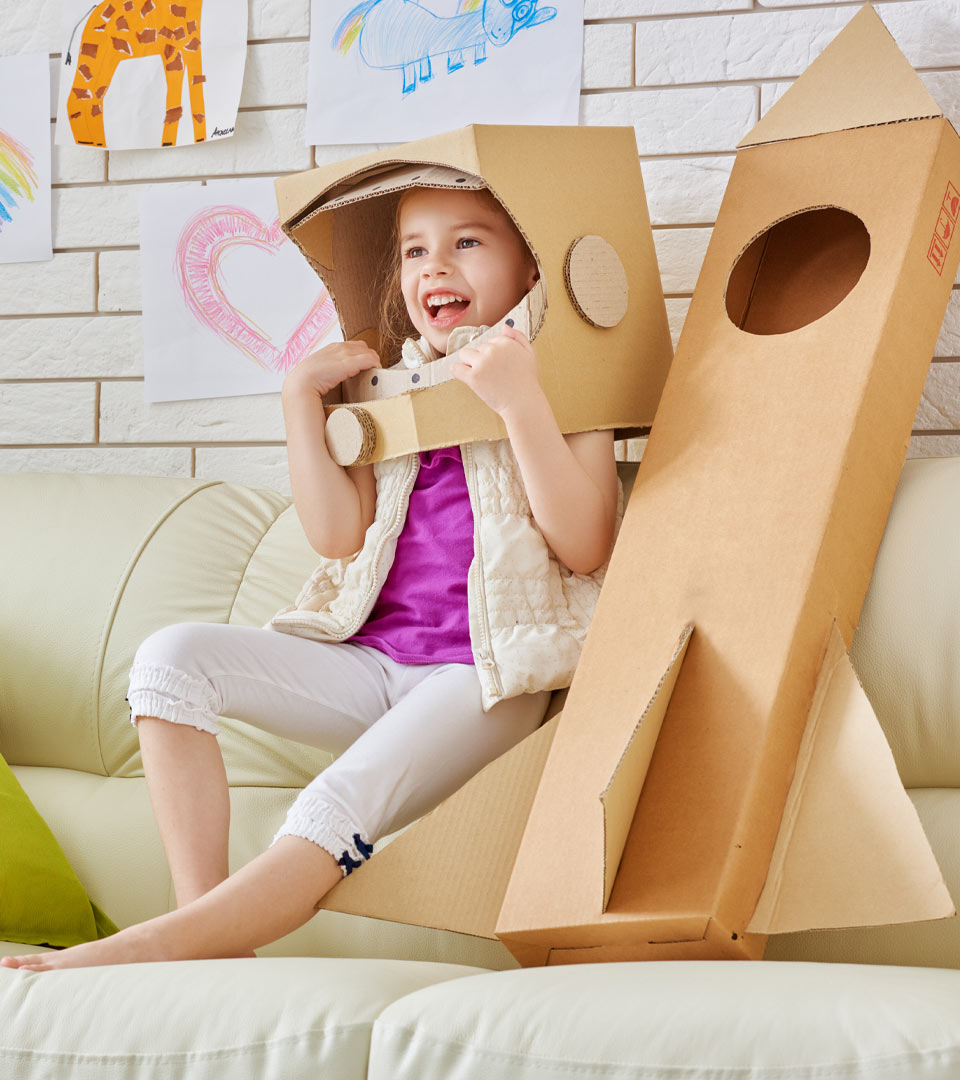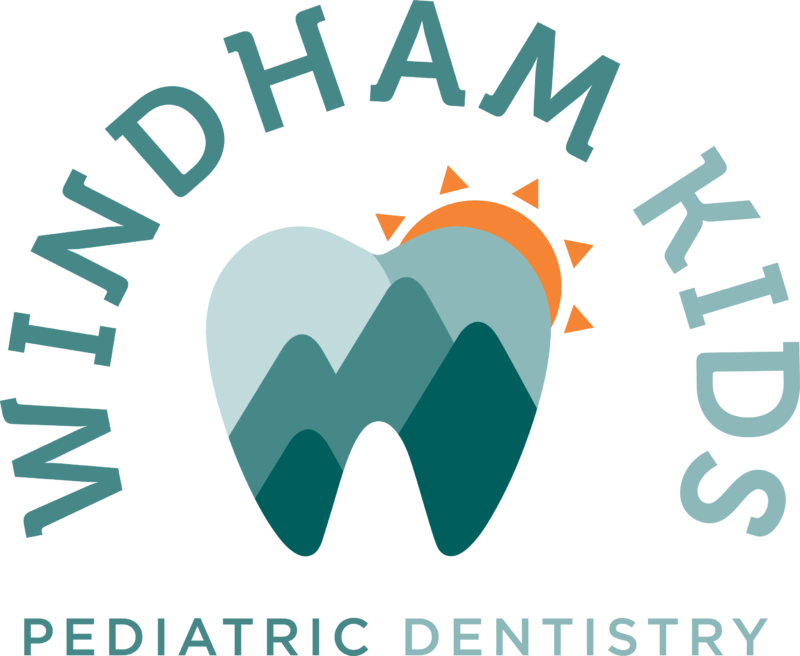Children are naturally active and adventurous, which unfortunately can sometimes lead to dental injuries. Accidents can happen whether they’re playing sports, exploring at the playground, or simply horsing around at home. Dr. Caitlin from Windham Kids Pediatric Dentistry shares crucial strategies for preventing dental injuries and the steps to take if an injury occurs, ensuring your child’s smile stays safe.
Understanding Dental Injuries in Kids
Dental injuries in children can vary widely, from minor chips and cracks to more severe cases like tooth displacement or avulsion (complete knock-out). Each type of injury requires specific responses; understanding these can significantly improve outcomes.
Proactive Prevention
Mouthguards: One of the simplest and most effective preventive measures is wearing mouthguards during sports and physical activities. Mouthguards can absorb and distribute the force of an impact, protecting the teeth, lips, and gums from serious injury.
Safe Play Environments: Ensure that play areas at home and school are equipped with safety features like soft flooring and are free of hazards that could cause falls. Regular checks for potential risks can prevent many accidents.
Educate on Safe Practices: Teach children about the importance of playing safely. Encourage them not to use their teeth for anything other than eating (e.g., not to open bottles or packages), which can prevent unexpected injuries.
First Response to Dental Injuries
Immediate Care for Knocked-Out Teeth: If a permanent tooth is knocked out, handle the tooth by the crown, not the root. Rinse it gently if dirty but do not scrub. If possible, reinsert the tooth into the socket and hold it in place with a clean cloth or gauze. If reinsertion isn’t possible, the next best thing is to place the tooth in a milk container or the child’s saliva to keep it moist. It’s crucial to seek dental care immediately—the faster you act, the better the chance of saving the tooth.
Managing Chips and Cracks: For chipped or cracked teeth, rinse your child’s mouth with warm water to clean the area and apply a cold compress to reduce swelling. Collect any broken tooth fragments in a clean container and bring them to your dentist.
Cuts and Lacerations: If there are any cuts to the gums, tongue, or cheeks, clean the area gently with water and apply a cold compress. If bleeding does not stop or the cut is deep, seek medical attention.
Long-Term Care After Injuries
After an initial emergency response, ongoing care might be necessary to ensure proper healing and to address any long-term effects of a dental injury. Regular follow-ups with Dr. Caitlin Pyle can help monitor healing, assess any developmental issues, and plan further treatments if needed, such as Dental Sealants to protect damaged teeth from further decay.
Final Reflections on Dental Safety
The well-being of your child’s teeth is integral to their overall health and confidence. Taking proactive steps to prevent injuries and knowing how to respond when accidents occur can help safeguard your child’s dental health. Dr. Caitlin Pyle and the team at Windham Kids Pediatric Dentistry are your partners in this important task, providing the care and information you need to keep those young smiles bright and healthy.
Sources:
- American Academy of Pediatric Dentistry: https://www.aapd.org
- Centers for Disease Control and Prevention: https://www.cdc.gov
- World Health Organization: https://www.who.int
